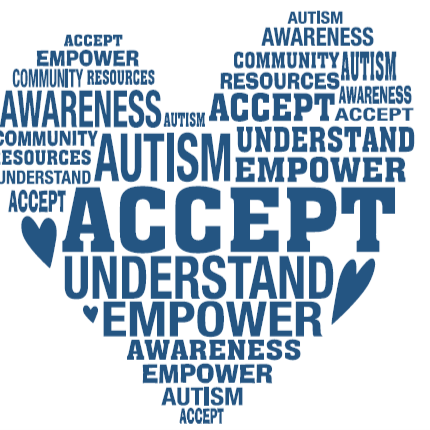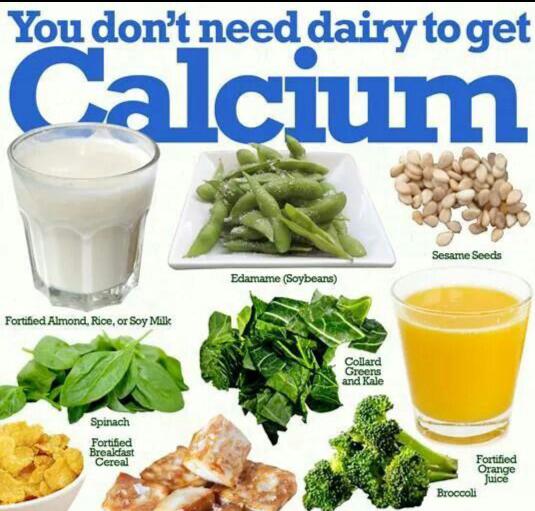Topics covered in this article
- 1.Adulterated milk introduction!
- 2.How dairy impacts health ?
- 3.what is calcium ?
-
4.Need of calcium ?
- 5.Where to get Non dairy calcium from?
- 6.What Happens If There Is Too Less Calcium?
- 7.why Vitamin D is important in calcium absorption.
- 8.How much calcium can your body absorb at a time?
- 9.How do you determine the levels of calcium in your body?
The first thing most people think of when they hear calcium is “MILK” But
The typical reaction when someone is told to eliminate something from their diet — something they love — is often disappointment and denial. Our food habits are so engrained that reforming those habits can be challenging, but the way we handle these challenge is what helps us develop in life and our health.

Myth about calcium and bone strengths.

Calcium is an essential nutrient that should be a part of every healthy diet, but many people grew up hearing that the best way to consume it is by drinking milk or eating dairy products. Now we know this may not be the best idea.
Introduction on Adulteration of Milk.
If you are not getting pure A2 milk (which does not seems possible after giving Rs110 /litre still milk was adulterated).
suggested you should read below topic and think.

Milk adulteration is a serious problem in India. There are reports which suggest that 68 per cent of milk in India is adulterated with products like glucose, caustic soda, white paints, oil or even detergents. Chemicals like hydrogen peroxide, boric acid and antibiotics, that help increase mill’s shelf life, are harmful for human health. A recent report by the Consumer Guidance Society of India (CGSI) in Maharashtra said that 78 per cent of the milk samples tested were below FSSAI standards.
So Personally
what We suggest is green juices and smoothies are my numero uno recommendation, but second is always…dumping dairy.
That’s right, go dairy-free if not getting pure A2 milk .For A2 milk refer my previous article on milk.
You’re gonna learn a lot about dairy in a minute, but here are a few of the main reasons we removed it from our diet.
The biggest advantage was Dhruva struggling with Autism and its side-effects due to this Adulterated milk.
The moment milk was out of his diet most of the Symptoms of Autism Subsided..My son had 2 Root canals due to this Adulterated milk.

(Adulterated)Dairy is high in saturated fat (which can lead to stroke and heart attacks), it’s highly inflammatory (the root cause of many chronic diseases), and the growth hormones in dairy (ex. IGF1) can stimulate malignant cell growth and proliferation Cancer too.
FROM my personal experience with around hundreds of kids now in my group “AUTISM CURE POSSIBLE” and our health too saying “adieu to dairy”can totally transform your health. So even if you’re not keen on ditching your milkshakes and brie today, I invite you to learn a little more about these non dairy Calcium rich food. Even lessening the amount of dairy you consume can make a REAL DIFFERENCE in how you feel.
Dairy ,If your child is lactose intolerant or allergic to the proteins found in dairy, you may see changes in her mood and behaviour. Many children become irritable, cranky, or aggressive. … Babies may exhibit colicky symptoms, whereas toddlers and older children may become inconsolable and irritable. Children with dairy allergies or intolerance also tend to suffer from frequent colds and ear infections.
some kids especially kids on SPECTRUM cannot consume dairy due to either allergies, sensitivities, or personal choice IRRITATION caused due to TOXINS in milk..

So, it becomes necessary that we replace it with other sources. What are the foods that are rich in calcium besides milk?

Why do some people not want to drink milk?
- Some people do not like the smell of milk, so they avoid drinking it.
- People with Lactose Intolerance will have problems with digesting milk. Their body will resist milk. This is a hereditary problem.
- Those who follow vegan diet will not eat or consume anything that has its source in an animal.
- Having doubts regarding the quality of milk they get, will make some people stay away from it..

Small comparison of lactose intorrence and lactose digestion.

How dairy impacts your health
A cow drinks cow’s milk when it’s a baby. A bunny drinks bunny’s milk when it’s a baby. Beyond a certain age, even they know that it’s freaky to suckle. And do you ever see them switch and swap? The only time milk is essential for good health is when we are babies, being breastfed by human mothers.
Human breast milk is nature’s perfect formula for human babies. It’s rich in good fats like DHA for brain development, but it’s relatively low in protein.

Cow’s milk contains more than three times as much protein as breast milk. That’s because baby cows need a lot more protein. They grow to between 1,500 and 2,000 pounds. Is that your desired weight?

While the protein in human milk is designed for human bodies, much of the protein in cow’s milk is difficult for humans to digest. In addition, the over-consumption of this protein can lead to serious health conditions.
One of the professor emeritus of nutritional biochemistry at Cornell University, found that the protein that consistently creates and promotes cancer is casein, which makes up about 87 percent of the protein in cow’s milk. According to Professor a diet that contains more than 10 percent protein (that’s about 50 grams of protein if you’re consuming 2,000 calories per day) can lead to the little “c.”
Forget spooky, life-threatening diseases, let’s talk about simpler pickles. Ever pass a kidney stone? If you have, then you know that it’s incredibly painful— feels like shooting an elephant through your pee hole!
How about ,Gut inflammation, an inflammation blow-out sale? Both of these not-so-happy afflictions have been linked to dairy consumption.
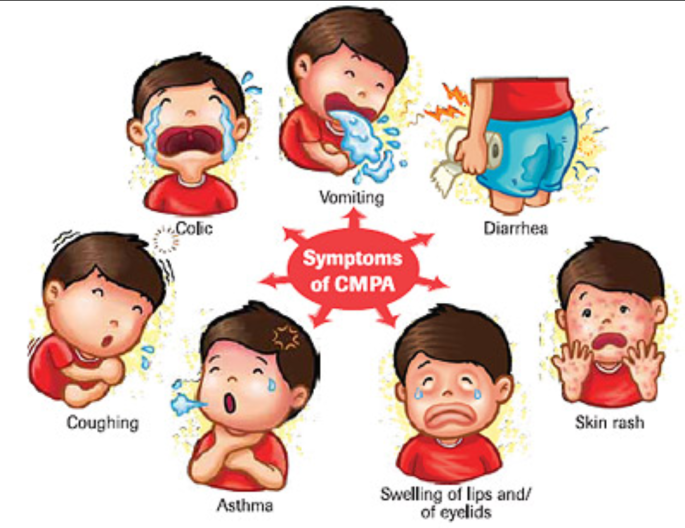
Allergies, eczema, asthma, arthritis, inflammation, and zits can all be linked to dairy. What about skim milk or non fat milk? They’re just as bad.

For me, cheese and curd was the hardest thing to give up, but once I did, my Migraine HEADACHES DISAPPEARED . I also started to FEEL SO RELAXED.
How about tummy pain, gas and bloating? Well, there may be a good reason for your belly’s aching. According to the American Academy of Family Physicians, around 75 percent of the world’s adults can’t digest milk (they’re lactose-intolerant).

This article will provide a list of calcium-rich foods that come from non-dairy sources.
So now coming to question .
what IS CALCIUM EXACTLY !
What is calcium?
Calcium is a type of mineral. A Grown-up adult needs around 1000 to 1200mg of calcium a day. Though its needed quantity is much less, it is extremely important. Our body is not capable of manufacturing calcium on its own. So, we need to supplement it from external sources.

Why do we need calcium?
- For growth of teeth and bones.
- Proper functioning of nervous system
- Improving muscle strength
- Maintaining heart’s health
- For proper functioning of various hormones in our body
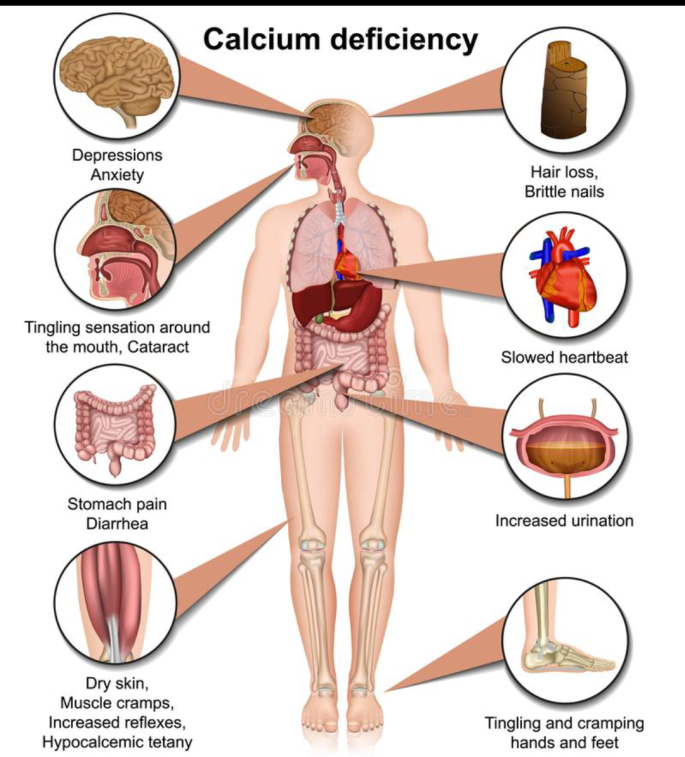
Our body spends 99% of the calcium it gets to bones and teeth, a mere 1% is spent on other tasks.The body needs calcium which is stored in bones and teeth to carry out many functions. Besides giving us healthy bones and teeth, calcium help muscles move and helps nerves carry messages between the brain and other body parts. It also helps move blood through blood vessels.
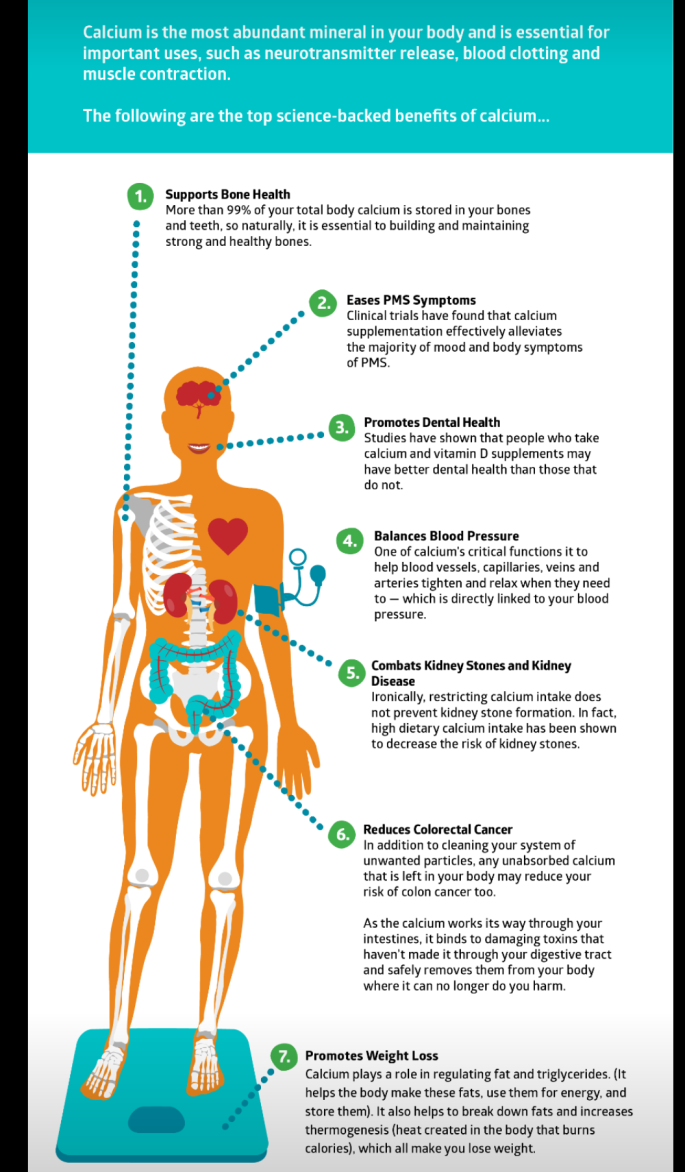
CALCIUM is one of those minerals that always seem to concern us as a consumer, as an adult and as a parent. Why?
Calcium is a strong contributor to the strength and structure found in our bones and our teeth. Not only that, but it also helps maintain the heart’s rhythm, it ensures movement in our muscles and it assists transporting blood throughout our body.
Calcium plays a critical role in releasing hormones and enzymes that impact our body’s function which help prevent and control high blood pressure, reduce PMS symptoms and manage mineral levels found in our blood including magnesium, phosphorus and potassium. .
No wonder our parents kept insisting that we consume enough dairy as a source of calcium while growing up.
But, where will I get NON DAIRY CALCIUM?
This is probably the most frequently asked question when talking about going dairy-free. Good news!

Nature’s best calcium sources are dark leafy greens such as kale, collards, mustard greens, and turnip greens. The calcium in these foods is absorbed at double the rate of dairy calcium. About 30 percent of dairy calcium is absorbed whereas about 60 percent of calcium from dark leafy greens is absorbed. Other rich plant sources of calcium include beans, almonds, figs, and fortified non dairy milks such as unsweetened almond milk, oat milk, hemp milk, and rice milk.
Leafy Green Vegetables including Broccoli, bok choy, Chinese cabbage
Fish including sardines and canned fish (with bones)
Nuts and seeds including brazil nuts, almonds and tahini (sesame seed paste)
Calcium-fortified foods including breakfast cereals, fruit juices and bread Soy and tofu products if they are fortified with calcium. Look for at least 100mg calcium/100mL on the nutrient information panel.
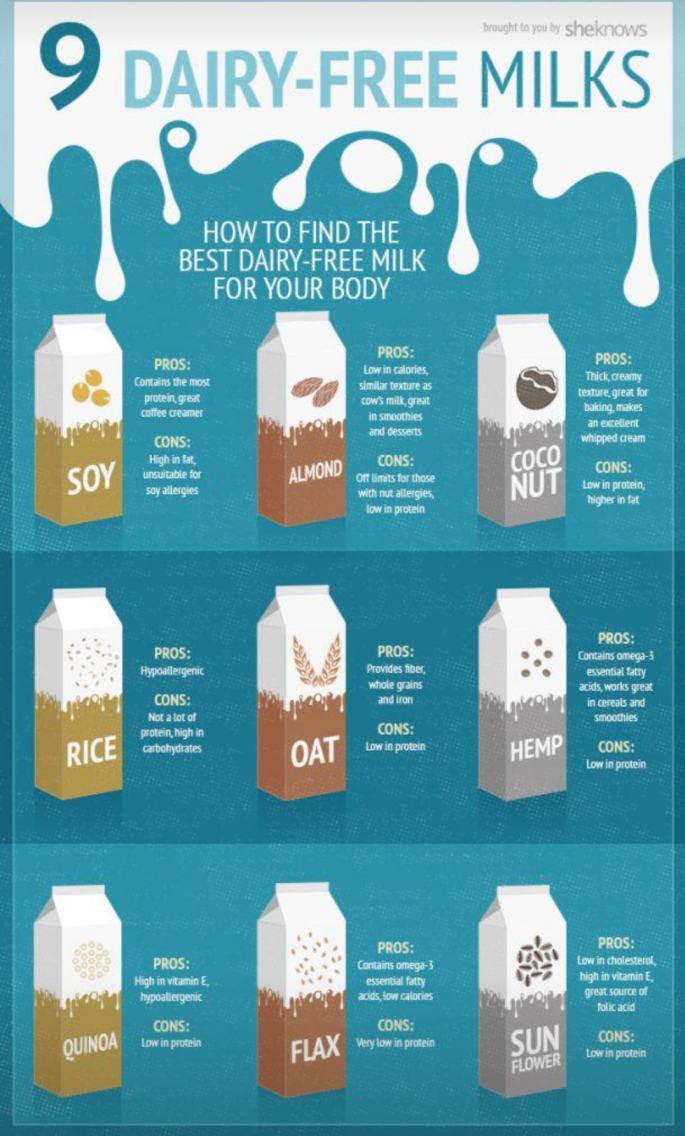
Note: please prepare these milk at home itself..drink fresh prepared ones.Avoid tetra pack one’s.

When it comes to bone health, calcium isn’t the only factor. Overall diet and activity levels determine bone health and even calcium needs. Countries with the highest calcium intake have the most osteoporosis, so there’s obviously more to the bone-health story than calcium alone.
What Happens If There Is Too Less Calcium?
Calcium deficiency would trigger a multi-functional setback, given its critical role in the metabolism and maintenance of your body. Following are the symptoms of calcium deficiency or hypocalcaemia .
1.Numbness of fingertips and toes.
2.Muscle cramps
3.Convulsions
4.Lethargy
5.Poor appetite
6.Arrhythmia
7.Rickets (if coupled with vitamin D deficiency)
8.Random neuromuscular irritability.
9.Chronic renal failure
10.Pancreatitis
11.Cardiovascular disease.
To avoid such repercussions, it is best to have a balanced diet rich in calcium as well.
Why Vitamin D is responsible for calcium absorption ?
Here’s another helpful factoid, vitamin D—which is necessary for calcium absorption and is best obtained from 20 minutes of sunshine 3 times a week during summer months and fortified, nondairy foods or supplements during winter months—is now being considered the most important nutrient in bone health.
Kids need vitamin D to help the body absorb calcium. Without it, calcium can’t get where it needs to go to build strong bones.
Vitamin D isn’t in many foods that kids eat. Because of this, health care providers often recommend supplement
But it’s free of cost available from Sun then why to pay.
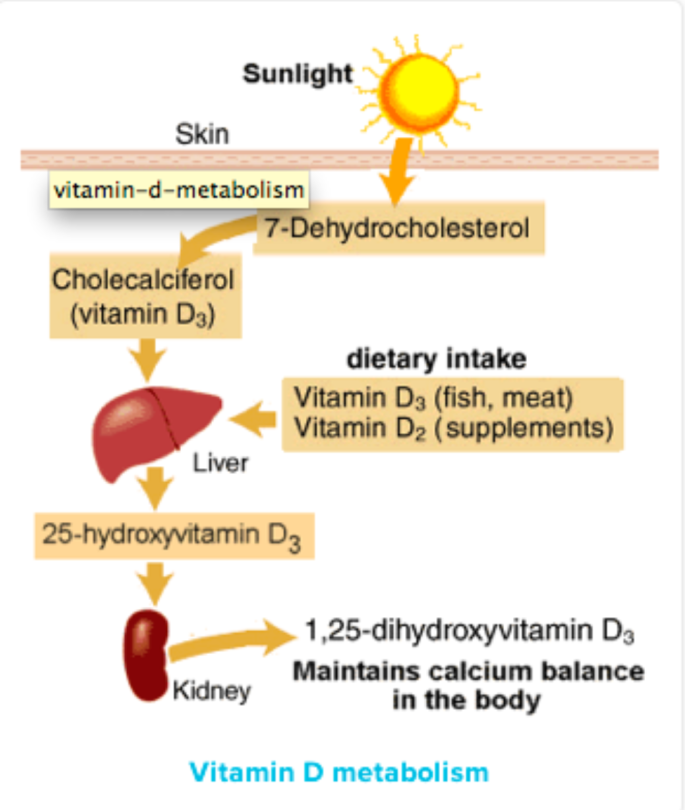
Bottom line: A diet rich in plant foods easily meets calcium needs. Check out this handy infographic for even more info on your calcium needs and plant-based sources.

How much calcium can your body absorb at a time?
Your body can take up about 500 mg of calcium at a time. Although the daily requirement is approximately 1000-1200 mg, it is better to split the total into small doses of 500 mg across the day. This would ensure maximum absorption of calcium.
How do you determine the levels of calcium in your body?
Levels of calcium in your body can be determined by taking a simple blood test. It can help you diagnose calcium deficiency or calcium excess. The result indicates the amount of calcium circulating freely in the blood, but not that stored in bones.
The reference range for calcium in adults is 8.6 mg/dL to 10.2 mg/dL, and for children, it varies from lab to lab.

There are many foods that contain calcium, as well as many other wonderful vitamins and nutrients. Almonds and sesame seeds, which we give daily to DHRUVA are great sources of calcium.
So is collards, celery, avocados, onions, green beans, and asparagus. The lesser eaten prickly pear, okra, gooseberries and dandelion greens are also great sources of calcium.
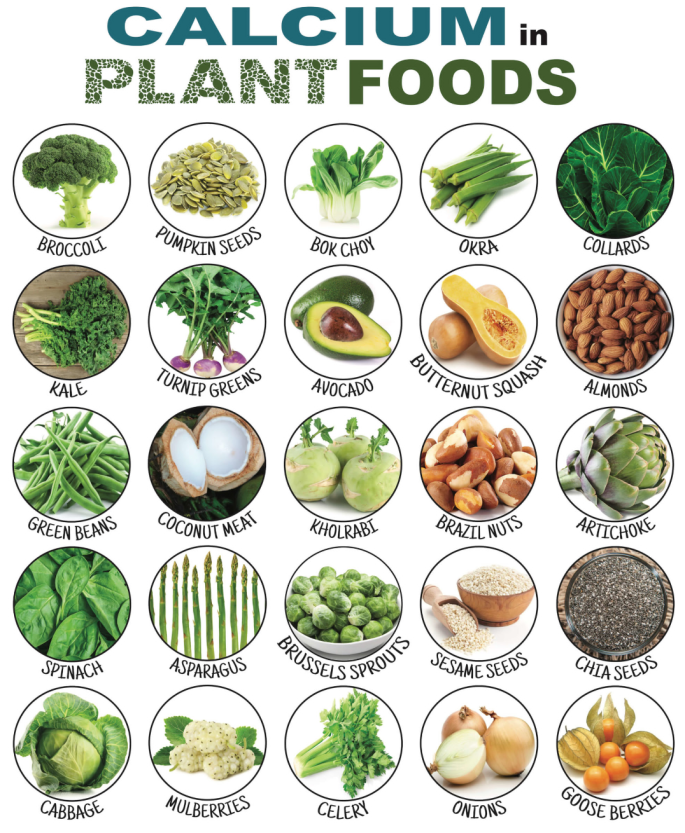
Not only this calcium is great for our bones and helps to prevent osteoporosis, but it is also helpful in lowering high blood pressure.
Dairy, on the other hand, which most people think of as the needed source of calcium, actually causes mucus (which leads to respiratory problems) and is typically laden with hormones and pesticides from the cow feed.
Dairy is also acid-forming when metabolize and most dairy products are pasteurised to kill harmful bacteria but this process also kills the good vitamins, proteins, and enzymes. Research also leads dairy products with arthritis.
Choose better ways to get your calcium than through milk and dairy products. By eating lots of leafy greens and nuts you will also reap the many other benefits of these natural and delicious foods.
Beyond childhood, most people stop producing the enzyme lactase, which is needed to digest lactose (the sugar in milk). Yeah, your body thinks you should wean, too. I’ve never met someone who didn’t feel better once they removed dairy from their diet. Sorry folks, but all good things come to an end.
BEWARE !!!
Calcium supplements are synthetic formulations of calcium compounds. Most of these are safe for human consumption BUT IF ALL THE CALCIUM IS FROM NON DAIRY SOURCES THEN WHY TO RELY ON DAIRY SOURCES
If this article has given you all that you wanted to know about calcium-rich foods, share your feedback and suggestions in the section below.
Strengthen your bones, boost heart health, and stay fit with calcium!
Rest topics will try to cover in part 2 of the article.
-
Can calcium be harmful?
- How to check contamination in milk at home
-
how about other sources of milk like Goat ,Camel ,Sheep, RAW COW MILK..
come on mommies get charged up and geared up and make the move…
love u all…READ THE ARTICLE ITS VVV IMPORTANT CLICK ON BELOW LINK
DO AND DONTS WHILE ON RECOVERY
do post your queries on :
dhruvatheshinningstar@gmail.com.
Sneha Narayan AND Rishikant Narayan
DISCLAIMER: THIS WEBSITE DOES NOT PROVIDE MEDICAL ADVICE
THE INFORMATION, INCLUDING BUT NOT LIMITED TO, TEXT, GRAPHICS, IMAGES AND OTHER MATERIAL CONTAINED ON THIS WEBSITE ARE FOR INFORMATIONAL PURPOSES ONLY. THE PURPOSE OF THIS WEBSITE IS TO PROMOTE UNDERSTANDING AND KNOWLEDGE OF VARIOUS HEALTH TOPICS. IT IS NOT INTENDED TO BE A SUBSTITUTE FOR PROFESSIONAL MEDICAL ADVICE, DIAGNOSIS OR TREATMENT. ALWAYS SEEK THE ADVICE OF YOUR PHYSICIAN OR OTHER QUALIFIED HEALTH CARE PROVIDER WITH ANY QUESTIONS YOU MAY HAVE REGARDING A MEDICAL CONDITION OR TREATMENT AND BEFORE UNDERTAKING A NEW HEALTH CARE REGIMEN, AND NEVER DISREGARD PROFESSIONAL MEDICAL ADVICE OR DELAY IN SEEKING IT BECAUSE OF SOMETHING YOU HAVE READ ON THIS WEBSITE.
AUTISM CURE POSSIBLE DOES NOT RECOMMEND OR ENDORSE ANY SPECIFIC TESTS, PHYSICIANS, PRODUCTS, PROCEDURES, OPINIONS OR OTHER INFORMATION THAT MAY BE MENTIONED ON THIS WEBSITE. RELYING ON ANY INFORMATION APPEARING ON THIS WEBSITE IS SOLELY AT YOUR OWN RISK.
